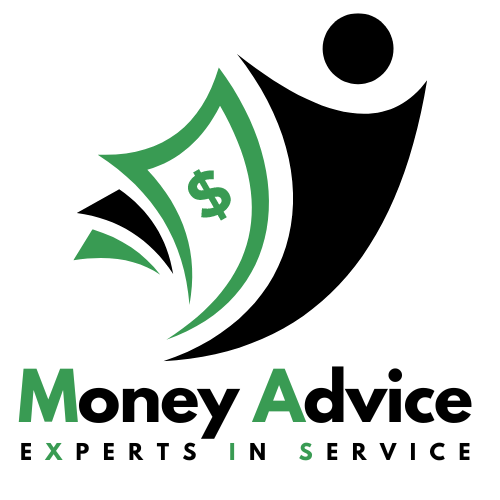Credit cards can be a convenient tool for everyday purchases and building credit, but hidden fees and ever-changing interest rates can turn that convenience into a financial burden. Promotional offers with enticing 0% introductory APRs (Annual Percentage Rate) are a common tactic to attract new cardholders. However, these introductory periods are often short-lived, and unsuspecting users can face a rude awakening when the real, and often much higher, interest rate kicks in.
Understanding how credit card interest rates work and the potential for change is crucial for responsible credit card use. Here’s what you need to know to avoid getting caught in an interest rate trap:
The Siren Song of Intro Rates
Promotional offers with 0% introductory APR can be tempting. They essentially allow you to borrow money interest-free for a set period, often ranging from 6 to 18 months. This can be a great way to finance a large purchase or consolidate high-interest debt from other cards. However, the key word here is “introductory.” This honeymoon period eventually ends, and the standard APR for the card applies to any remaining balance.
The Fine Print Reveals the Truth
The real cost of your credit card lies not in the flashy advertisements, but in the fine print of the credit card agreement. This document outlines all the fees and interest rates associated with the card, including the standard APR that takes effect after the introductory period. Don’t just skim through it; take the time to understand the details.
Here are some key things to look for:
- Standard APR: This is the interest rate you’ll be charged on your remaining balance after the introductory period ends. It can be significantly higher than the introductory rate, sometimes reaching into the high teens or even exceeding 20%.
- Balance Transfer APR: If you plan to transfer debt from another card, be sure to check the specific APR for balance transfers. It may be different from the purchase APR.
- Grace Period: This is the number of days you have to pay your balance in full to avoid interest charges. Even during the introductory period, interest will accrue on your balance if you don’t pay it off before the grace period ends.
Staying Ahead of Interest Rate Changes
Even after the initial introductory period, your standard APR is not guaranteed to stay the same. Credit card companies can increase your APR based on several factors, including:
- Prime Rate: Many credit card APRs are tied to a benchmark interest rate called the prime rate. If the prime rate goes up, your APR may also increase.
- Creditworthiness: If your credit score drops, your credit card issuer may raise your interest rate as a way to manage their risk.
- Late Payments: Missing credit card payments is a major red flag for credit card companies and can result in a penalty APR increase.
By law, credit card issuers are required to provide you with 45 days written notice before any APR increase takes effect. However, it’s important to be proactive and monitor your credit card statements regularly to stay informed about any potential changes.
Avoiding the Interest Rate Trap
Here are some tips to avoid getting caught off guard by changing interest rates:
- Pay your balance in full each month. This is the best way to avoid interest charges altogether, regardless of the introductory offer or standard APR.
- Choose a card with a low standard APR. Look for cards with a reputation for competitive rates and compare offers before signing up.
- Monitor your credit score and credit card statements regularly. This will help you identify any potential changes in your APR and take action if necessary.
- Consider a card with a long grace period. This gives you more time to pay off your balance before interest starts accruing.
- Be wary of relying on promotional offers for long-term debt management. Develop a plan to pay off your balance before the introductory period ends.
By being aware of how credit card interest rates work and the potential for change, you can make informed decisions and avoid getting caught in a cycle of high-interest debt. Remember, the introductory rate is just a temporary perk; the real cost of your credit card lies in the standard APR. Read the fine print, be a responsible borrower, and prioritize paying your balance in full each month to maximize the benefits of credit card use.

 McDonald’s Monopoly
McDonald’s Monopoly Rattle the Market
Rattle the Market 30 Ways To Pay Off
30 Ways To Pay Off Homeowner’s Code
Homeowner’s Code Turbocharge Wealth
Turbocharge Wealth